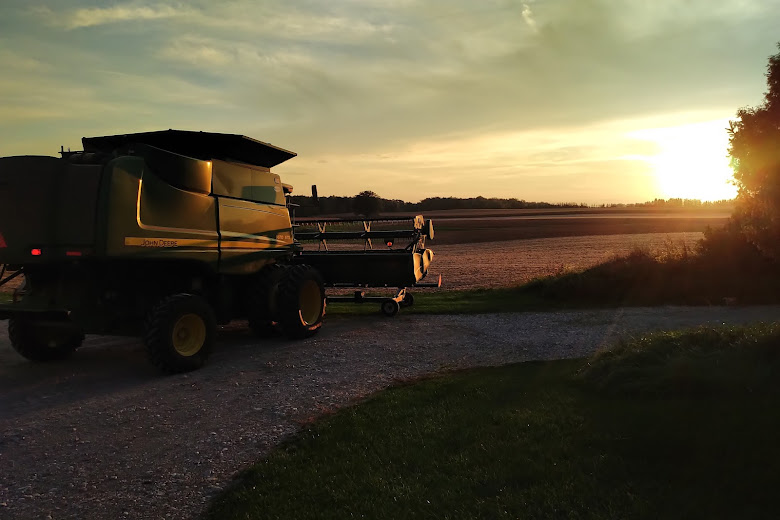... developed a draft Remediation Process Guide (Guide) for industry to follow to ensure successful remediation of soil and groundwater contamination. The goal of this Guide is to provide a clear process for submitting remediation information. If remediation is determined to be successful then the NEB will provide a letter to that effect. The NEB will be hosting a technical meeting on 14 October 2010 in Calgary at a location to be determined to answer any questions and hear comments that interested parties may have. Parties wishing to provide written comments on the Guide are requested to do so by 1 December 2010. The Board will finalize the Guide shortly thereafter.In the draft guide, the NEB says it makes every effort to ensure industry follows procedures to minimize releases, leaks and spills, but from time to time "accidents can occur". In reality, the NEB operates on the basis of "goal-oriented regulation" whereby the Board sets goals and allows companies to decide how they will achieve those goals. However, as we have seen with the BP disaster and the recent Enbridge spill in Michigan, "goal-oriented regulation" simply doesn't work when it comes to an all or nothing proposition like environmental contamination. How many spills will it take before the regulator steps in and tells companies what they need to do to protect the environment?
The NEB also says that it is the "lead agency" for all contamination incidents related to its pipelines. Landowners should be cautious to accept this approach. NEB requirements regarding contamination (including both new spills and the discovery of historical contamination) may not match protections afforded to landowners under provincial environmental legislation. Why should landowners have less protection from contamination just because the NEB is involved?
The aspect of the proposed Remedation Process Guide that should be most concerning to landowners is the proposed "Remediation Closure Letter". Essentially, the NEB will issue letters to companies who have contaminated the environment stating that remediation is complete and the NEB's file is closed. The NEB says that its "expectation for reclamation is that the land is restored to a state comparable with the surrounding environment". That is not necessarily the standard to which landowners are entitled to have their properties remediated under provincial laws and/or the common law. Landowners should be demanding clean-up to the highest level possible under applicable law. Also, what is to stop the NEB from issuing such a letter to a company before the company has adequately compensated the landowner for the damage caused? What would that letter do to a landowner's negotiating position?
The NEB's proposal is troubling in that it perpetuates the problems associated with its policy of "goal-oriented regulation". Companies are allowed to do what they want to avoid contaminating the environment, but when they do contaminate, they can rest assured that the NEB will sign off on their response. In other words, the NEB's protection of the environment is limited to stepping in after contamination has occurred in order to validate the steps the company has taken to address the contamination. There is still nothing in place to ensure that the contamination does not occur in the first place. Is this an acknowledgement on the part of the NEB that there is nothing that can be done to prevent spills that will inevitably occur as pipeline infrastructure ages and corrodes?
Click on this link to read the proposed guide: NEB Draft Contamination Remediation Guide.


